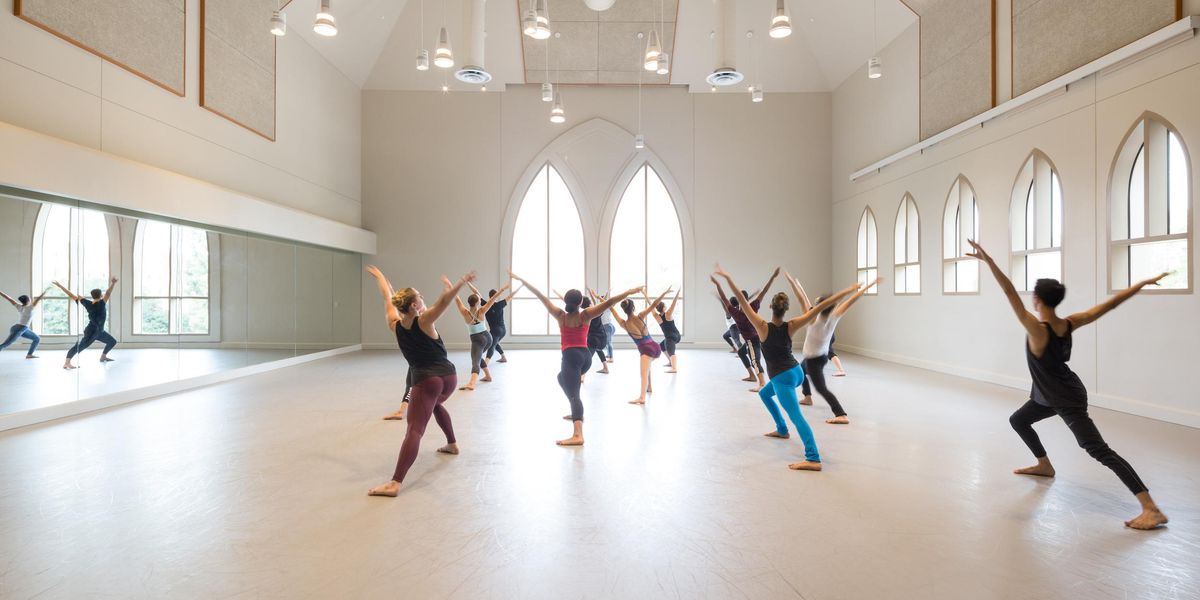The Royal Ballet
Royal Opera House
Covent Garden
London, England
July 14, 2012
You could call it a pow finish. After 54 years with The Royal Ballet, the last 10 as its artistic director, Monica Mason said farewell to the company by courageously inviting seven choreographers, three composers, and three major players in the visual art world to collaborate on an evening of ballet. Specifically, she asked them for their creative responses to three masterpieces by Titian, currently displayed together at the National Gallery.
The paintings depict the goddess Diana, her nymphs, and the hunter Actaeon, who meet by chance in the forest. Actaeon makes the mistake of peeking at Diana and her attendants as they bathe. To punish him for intruding on their privacy, Diana transforms him into a stag and commands his dogs to tear him to pieces.
Titled Metamorphosis Titian 2012, the program opened with Machina by Kim Brandstrup and Wayne McGregor, a lean, muscular piece dominated by a looming steel structure, articulated like an arm, with a light at the end. Its designer, Conrad Shawcross, described it as a robot, which McGregor absorbed into the choreography, using motion capture technology on dancers to transfer the angular undulations he favors to the flexing arm.
Edward Watson and Tamara Rojo in
Machina.
Photo by Johan Persson, courtesy Royal Opera House.
Mark Wallinger’s set for Trespass, co-choreographed by Alastair Marriott and Christopher Wheeldon, also stole the stage from the performers. Interviewed for the program, the artist said, “I…wanted to make something that turned everyone in the audience into a voyeur.” A towering curve of ribbed plastic that doubled and slightly distorted the dancers’ bodies like a funhouse mirror, it proved most effective behind the fewest performers or when it became transparent.
Less frenetic than Machina but no more clearly derived from the paintings, Trespass included several haunting pas de deux, an athletic ensemble, and recognizable references to Balanchine ballets. Though Wheeldon handles ensembles with enormous flair, in this instance the limpid duets and a single sinuous solo made the strongest impact, thanks to compelling performances by the five featured dancers, particularly Beatriz Stix-Brunell, who is still in the corps.
Liam Scarlett, Will Tucket, and Jonathan Watkins named their work Diana and Actaeon, boldly declaring their intentions without resorting to program notes. Even before Marianela Nuñez finished her initial solo and turned to face us, revealing Diana’s face for the first time, the vivid colors and luscious curves of Chris Ofili’s designs had established a captivating atmosphere of sensuality.
Filling the stage with expressive action and discernible characters, the choreographers pared the myth to its passionate essence. Actaeon’s fascination with the goddess, then his confusion, then terror, burst in waves from Federico Bonelli, while Nuñez embodied the conflict in Diana’s heart between desire and pride. We could even believe the crouching, loping dancers carrying dogs’ heads, whose vicious snapping warned of mortal danger.
None of these pieces appears in The Royal Ballet’s 2012–13 schedule, but I would welcome the chance to see them all again.
Pictured at top: Marianela Nuñez and The Royal Ballet in
Diana and Actaeon.
Photo by Johan Persson, courtesy Royal Opera House.




